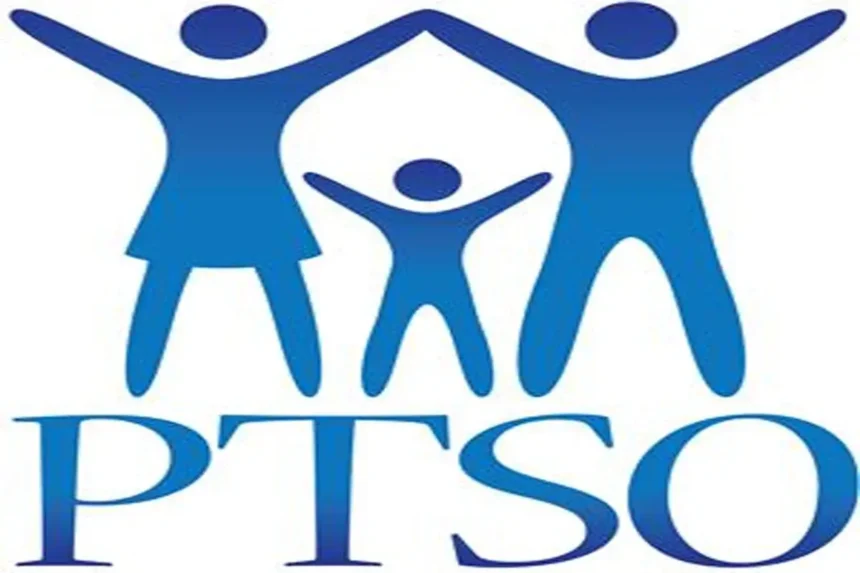Introduction
Ptso Meaning, In schools and educational settings, several organizations work behind the scenes to support students and enhance their learning experience. One such organization that often plays a pivotal role is the PTSO (Parent Teacher Student Organization). While many are familiar with its more common counterpart, the PTA (Parent Teacher Association), the PTSO includes students in its organizational structure, broadening the scope of involvement.
Understanding the PTSO meaning and how it functions can provide insights into how this organization fosters a collaborative environment between parents, teachers, and students, driving positive change in schools. In this article, we’ll explore the significance of the PTSO, its structure, key functions, and its overall impact on school communities.
Detailed Explanation of Key Concepts
What is PTSO?
The acronym PTSO stands for Parent Teacher Student Organization. It is a volunteer-run group consisting of parents, teachers, and students working together to support school programs and initiatives. The inclusion of students is a key differentiator from traditional PTAs, which generally involve only parents and teachers.
The main purpose of a PTSO is to create a partnership between the school community and families, focusing on improving the educational experience and providing additional resources that may not be available through traditional funding methods. These organizations frequently host events, fundraisers, and other activities aimed at enriching student life and providing much-needed support to both staff and students.
Structure of a PTSO
The PTSO is typically structured around elected officials, similar to other school-affiliated organizations. Common roles within the PTSO include:
- President: Oversees meetings, coordinates activities, and acts as the face of the organization.
- Vice President: Assists the president and steps in as needed.
- Treasurer: Manages the organization’s finances, handling fundraising efforts, donations, and expenditures.
- Secretary: Keeps records of meetings, manages correspondence, and maintains documents.
- Student Representatives: Serve as the voice of the student body, providing insight into the student experience and proposing initiatives that benefit their peers.
Statistical Overview of PTSO Participation
According to a survey by the National Association of Elementary School Principals (NAESP), over 85% of schools in the U.S. report having some form of parent-teacher-student organization, with 50% identifying as PTSO rather than PTA. This change reflects a growing trend toward inclusive leadership, where students take an active role in school governance and decision-making.
The participation rates in PTSO activities are high, with approximately 70% of families attending at least one event annually, and over 40% actively participating in fundraising efforts. These numbers highlight the PTSO’s significant role in fostering school spirit and providing financial and social support to educational institutions.
Importance and Benefits
Why Understanding the PTSO Meaning is Important
The PTSO plays a vital role in creating a well-rounded, supportive school environment. Through its collaboration between parents, teachers, and students, it brings multiple perspectives to the table, ensuring that initiatives benefit the entire school community. By understanding the PTSO meaning and purpose, parents, teachers, and students can actively engage and contribute to the organization’s efforts.
Key benefits include:
- Enhanced Communication: The PTSO fosters a stronger bond between parents, teachers, and students, creating a shared platform for addressing concerns, suggesting improvements, and celebrating successes.
- Fundraising Support: Schools often face budget cuts, making it difficult to provide extracurricular activities, sports, arts, and educational tools. The PTSO helps bridge that gap by organizing fundraisers to provide additional resources.
- Student Leadership Opportunities: By including students in the decision-making process, the PTSO offers leadership and responsibility to students, allowing them to gain essential life skills.
You may also like: https://sitthemoon.com/rob-love-island-leak/
- Community Building: Through social events and school-related activities, the PTSO strengthens the sense of community and belonging among families, students, and staff.
Long-term Impact of PTSO Involvement
A school with an active PTSO benefits from more engaged parents, motivated students, and empowered teachers. Schools with well-functioning PTSO chapters often experience improved academic performance, better attendance rates, and more student involvement in extracurricular activities. Additionally, parents who participate in the PTSO are more likely to remain involved in their child’s education, leading to stronger academic outcomes.
Practical Examples of PTSO Contributions
- Organizing Fundraisers for School Supplies:
- A common PTSO initiative is to host fundraisers to purchase classroom supplies or fund field trips. For example, a school’s PTSO may organize a community bake sale or silent auction, with proceeds directly benefiting the school.
- Hosting Events that Promote School Spirit:
- From carnivals to family fun nights, the PTSO is instrumental in organizing events that foster school spirit and create memorable experiences for students. These events help bring the community together and provide students with opportunities for social engagement outside the classroom.
- Improving School Facilities:
- In schools where budgets are tight, the PTSO may step in to fund playground improvements, updated technology in classrooms, or new sports equipment. For example, one PTSO in a rural district was able to raise enough funds to build a much-needed outdoor learning space for students.
- Promoting Mental Health and Wellness:
- With student well-being becoming a growing concern, some PTSO chapters have partnered with local mental health organizations to host workshops for students and parents on stress management, resilience, and emotional health.
Case Study: How a PTSO Transformed a Struggling School
In a small public school in Texas, budget cuts had left the teachers and students without access to new textbooks, field trips, or even sports equipment. The school’s PTSO stepped up by organizing a major community event, raising over $20,000. With this funding, the PTSO was able to purchase new educational materials, organize enrichment programs, and even fund a student wellness program. Over the next two years, student engagement improved, academic scores increased, and the school community became more connected than ever.
Challenge 1: Lack of Parental Involvement
One of the most common challenges faced by PTSOs is low parental participation. Busy schedules, lack of awareness, or feeling unqualified to contribute are common reasons for low involvement.
- Solution: PTSOs can address this by offering flexible meeting times, providing virtual participation options, and actively reaching out to parents to make them feel welcome and valued. Additionally, emphasizing the impact that even small contributions can have on the school community may inspire more parents to get involved.
Challenge 2: Financial Limitations
Organizing events and supporting schools through fundraising can be difficult, especially in economically disadvantaged areas where families may not have disposable income to donate.
- Solution: PTSOs can focus on low-cost or no-cost fundraising efforts, such as applying for grants, corporate sponsorships, or hosting community events that encourage donations of time rather than money. Additionally, promoting a culture of volunteerism rather than financial obligation can help ease the burden on families.
Challenge 3: Student Engagement
While PTSOs include students in their structure, it can sometimes be difficult to maintain student engagement, particularly among older students who may have other extracurricular commitments.
- Solution: Encouraging student participation through leadership opportunities and giving students an active role in planning and decision-making can help maintain their interest. Offering incentives such as leadership experience, community service hours, or even scholarships may further motivate student engagement.
Conclusion
The PTSO serves as a vital bridge between parents, teachers, and students, working collaboratively to create an enriched educational experience. Understanding the PTSO meaning and its role within the school system empowers individuals to get involved and contribute to a more vibrant and supportive school environment.
As we’ve seen, the PTSO not only organizes events and raises funds but also plays a critical role in shaping school culture, building community, and enhancing student success. Whether you’re a parent, teacher, or student, becoming part of the PTSO can be a rewarding and impactful way to make a difference in your school.
FAQs
- What does PTSO stand for?
- PTSO stands for Parent Teacher Student Organization, a group that works collaboratively to support school initiatives.
- How does a PTSO differ from a PTA?
- While both organizations involve parents and teachers, the PTSO includes students in its structure, giving them a voice in decision-making.
- What are the benefits of joining a PTSO?
- Joining a PTSO allows you to play an active role in supporting your school, enhancing communication, and contributing to the overall student experience.
- How can I get involved with my local PTSO?
- Contact your school’s administration for information on joining the PTSO, or attend one of their meetings to learn more.
- What kind of activities does the PTSO organize?
- PTSO activities range from fundraising events and social gatherings to educational workshops and school improvement








